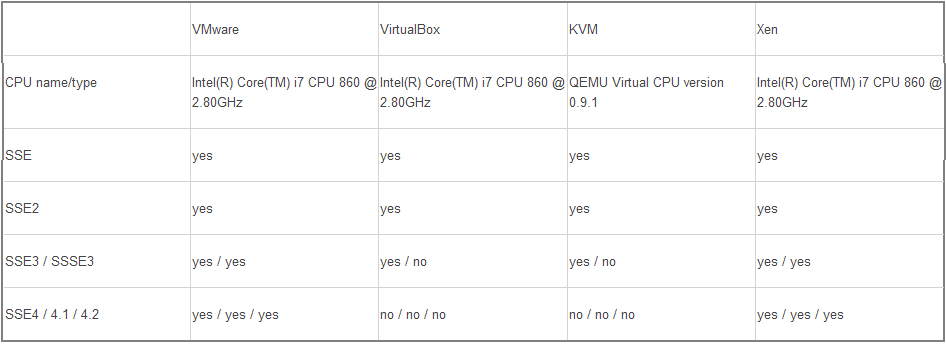



On the other hand, VMware vSphere provides the following key features:Īccording to the StackShare community, VMware vSphere has a broader approval, being mentioned in 87 company stacks & 147 developers stacks compared to Qemu, which is listed in 4 company stacks and 6 developer stacks.KVM requires hardware with virtualization extensions like Intel-VT or AMD-V to provide hardware-assisted virtualization. Some of the features offered by Qemu are: Qemu and VMware vSphere can be primarily classified as "Virtualization Platform" tools. Run fewer servers and reduce capital and operating costs using VMware vSphere to build a cloud computing infrastructure. vSphere is the world’s leading server virtualization platform. What is VMware vSphere? Free bare-metal hypervisor that virtualizes servers so you can consolidate your applications on less hardware. When using KVM, it can virtualize x86, server and embedded PowerPC, 64-bit POWER, S390, 32-bit and 64-bit ARM, and MIPS guests. it supports virtualization when executing under the Xen hypervisor or using the KVM kernel module in Linux. When used as a virtualizer, it achieves near native performance by executing the guest code directly on the host CPU. By using dynamic translation, it achieves very good performance an ARM board) on a different machine (e.g. When used as a machine emulator, it can run OSes and programs made for one machine (e.g.

What is Qemu? A generic and open source machine emulator and virtualizer. Qemu vs VMware vSphere: What are the differences?


 0 kommentar(er)
0 kommentar(er)
